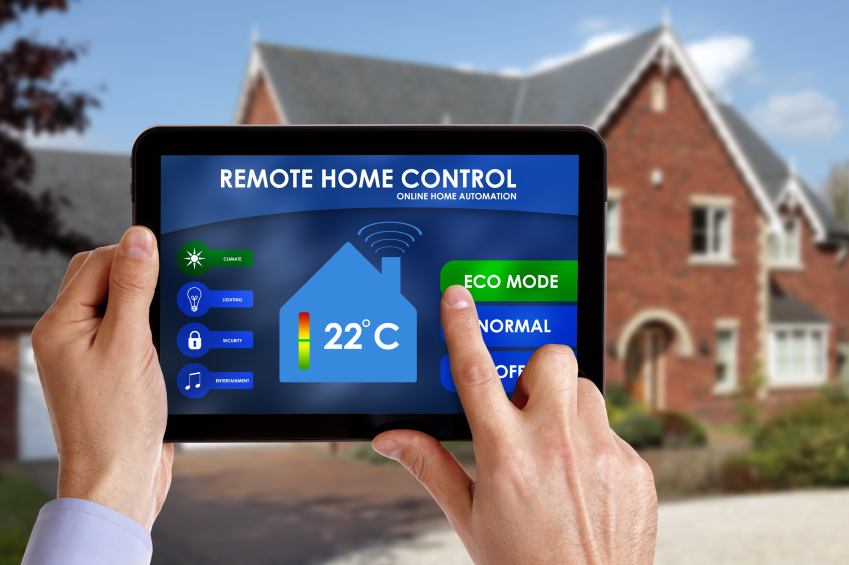6250Views 0Comments

How Mold In Your Home Can Negatively Impact Your Family’s Health
If you have a basement or other area in your home that is prone to dampness, there is a very good chance you have mold growing here and there within that area. While you may be able to spot mold on walls, floors, or around windows and wipe it away, chances are there is still mold growing inside walls and ceilings, underneath floor covering, and other places that you cannot easily see or even see at all. This type of invisible mold is particularly hazardous because it can continue to grow, multiply, and spread throughout your house while being completely undetected.
One important aspect to note is that if your home has flooded in any way either because of weather or from plumbing problems, you should have it inspected for mold immediately afterward. Much of household mold comes from flooding events where areas are not fully dried out.
Standard household mold is unfortunately not only unsightly, but may also negatively impact your family’s health in ways you never thought possible. Here are a few symptoms to be aware of that could be caused by mold in your home.
Breathing Problems
If you or other family members already suffer from asthma, COPD, or other types of chronic conditions affecting the lungs, mold will only exacerbate any problems you experience on a regular basis. As mold grows and its spores begin to circulate in your home, you and others will breathe them in, leading to irritation of the lungs, nose, and throat.
If you have severe asthma you may notice that you have unexpected asthma attacks at home when there are no other promptings like seasonal allergies or exercise. This can be a sign of mold in your house. You may experience similar severe breathing difficulties if you have other pre-existing conditions that affect your lungs.
Making Allergies Worse
Should you or your family members suffer from hay fever, seasonal allergies, or have a sensitivity to anything mold-related, mold spores floating around in your home will only worsen the situation. In fact, if you or a family member has mold allergies while also suffering from asthma, having mold in your home increases the chance of an asthma attack.
You may notice this particularly if you are running your heating or cooling more frequently. This can spread mold spores around your home, particularly if there is mold growing in your vents or HVAC system. To learn how to get rid of mold in your home, seek out more information from a reputable mold remediation company. In the meantime, speak with a doctor about the best way to ease your allergy symptoms while you are waiting for all of the potential mold to be removed.
Aspergillosis
While you may find yourself with a runny nose, watery eyes, and sneezing if you have mold-related allergies, you may become much sicker if you have a weakened immune system and develop aspergillosis. Caused by the mold aspergillus, this condition can make you quite sick and could put you in the hospital for a short amount of time. For some people who develop severe cases, the results may be coughing up blood, severe headaches, breathing problems, and loss of weight. Aspergillosis is a fungal disease which means it is not contagious from one person to another. However, if multiple people in your household were exposed to the mold it is possible that more than one of you may start to show symptoms.
Insomnia
If you consistently spend time in a home that has a mold problem, you may actually develop insomnia due to breathing in the mold spores day in and day out. In addition, you may develop other symptoms that tend to mirror those found in what is known as “sick building” syndrome, such as fatigue, nausea, and skin irritation. You may also find that you are able to sleep at night but wake up in the morning feeling sick and congested day after day. This could be a sign that you are breathing in mold in your bedroom during the night.
Mycotoxins
Mycotoxins are minute toxins produced by various types of mold. They are often found in black mold. Unfortunately, mycotoxins are particularly dangerous to humans. Exposure to them in small amounts can cause common allergy and cold symptoms, but may also cause fatigue, lung problems, and even depression. Long-term exposure has been thought to cause more severe health problems like memor loss and even cancer, although research is still lacking to prove this hypothesis. Mycotoxin exposure usually only happens through ingestion rather than inhalation. This means that you should be extra cautious about eating older food in your pantry or storage areas that could be prone to mold because the area is dark, damp, and poorly ventilated.
Since mold can potentially cause serious health problems for you and your family, getting it out of your home as fast as possible makes the most sense. To make sure it is removed in a safe and effective manner, always contact an experienced mold remediation company that has the experience, knowledge, and equipment needed to make the mold in your home disappear. While you may be able to clean away visible mold in your bathrooms, kitchen, or other rooms, it is still possible that there is invisible mold in other areas of your home. Contact a mold removal specialist to get the best results for keeping your family healthy and your home safe.


